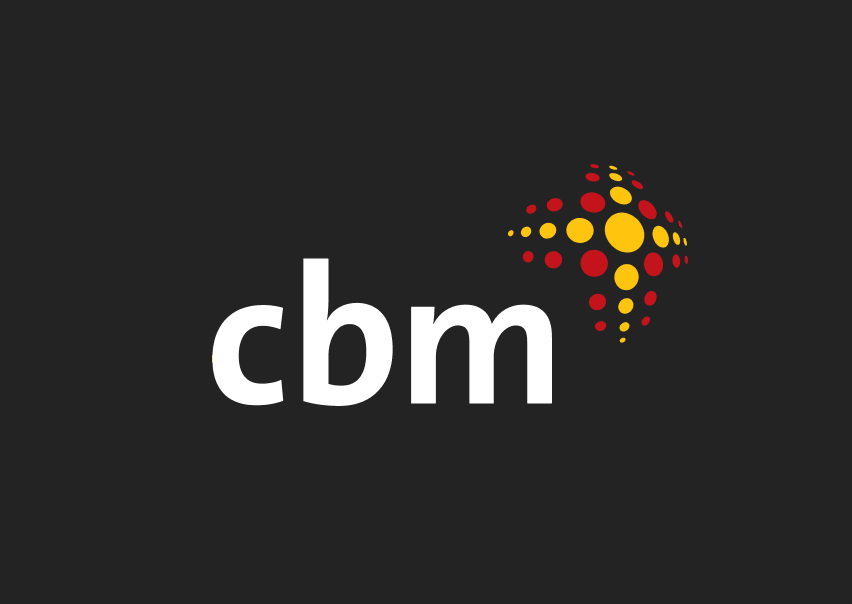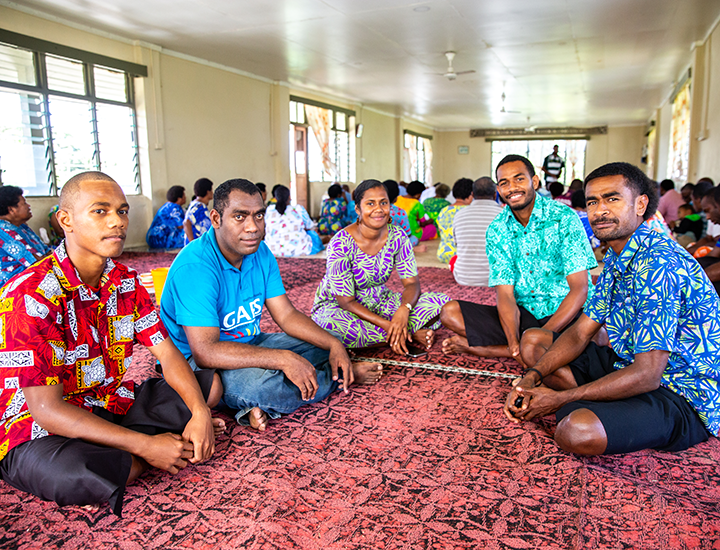Advocating for Hope by Michael Pilbrow
Stories | August 25, 2021
Every time I read this passage, I am blown away by the amazing love and friendship the men showed for the paralysed man. They didn’t just wish him well; they didn’t just pray for him; they didn’t even settle at getting him close to Jesus.
They ripped a roof open. They vandalised someone else’s house. They took action. They risked repercussions. Their friendship was tangible and dangerous.
They created a community that included a vulnerable person in actions not words. They were persistent and didn’t give up when their first attempt didn’t work – they were creative and audacious.
And they got the outcome. They managed to get their friend right in front of Jesus. And what was Jesus’ immediate reaction? It was not about any one individual but about the collective – “Jesus saw their faith!”
I have recently been in contact with a few small rural communities in Australia that have been through drought and water shortages over many years. They are also dealing with COVID-19, the future risk of bushfire and the regular floods that seem to come when they are not in drought. Across these communities, there are a lot of things that they could complain about – the weather, government policy, the global economy.
But what struck me is their care for people. In each community they knew who was alone, who had disability, who was elderly – everyone who needed community help in the event of a disaster – and who would go to them, pick them up, look after them when a disaster struck. And at a central level they maintained a vulnerable persons’ list, although I got the clear impression that this would hardly be needed given the very localised care for each other. In the same way, the four men in Luke 5 didn’t need a central register to tell them that their paralysed friend needed a lift to see Jesus.
This passage tells me that inclusion is about community. The four men were community to the paralysed man. They put the needs of their friend above other things they could’ve been doing that day – like binge watching their favourite TV show. They worked together with their skills and strengths to get their friend to the place he needed to be – to make sure he wasn’t left behind, both on that day and for the rest of his life.
Disasters require action in the moment, on a particular day. Any community aspiring to be resilient would do well to take to heart this story. Practical, inclusive teamwork in adversity is how a community stays strong in preparing, responding and recovering from disasters. And in order to save a life and connect people with Jesus, you might sometimes have to break a roof.
About Michael
Michael Pilbrow leads Strategic Development Group, a professional services firm that provides strategy, governance, program design, evaluation and community engagement expertise to clients in Australia and internationally.
Michael co-founded and was Board Chair of the National Health Cooperative, was a Director and Chair of Sport Matters, and is currently a Director of CBM Australia.
Application – Practising Hope
Today’s invitation is to… pray for people with disabilities experiencing the catastrophic impacts of disasters, including COVID-19.
Respond as a church this week by… sharing the “Leave No One Behind” activity from the Prepared to Hope Church Resource Kit with your small group leaders.
Read more stories and reflections in our Prepared to Hope series.
https://www.cbm.org.au/stories/devotionals-on-hope-michael-pilbrow
Related Stories

Week 2 – Lent series 2025
Lent, Solidarity and Lament “It’s like I’ve woken up in an alternate universe.” These words I have said a few times over the last three weeks....

Building a Just and Inclusive Future: Disability-Inclusive Disaster Risk Reduction and Climate Action
People with disabilities are among the hardest hit by...

Week 1 – Lent series 2025
Being held by Jesus…held together by Jesus, invites us to lean into solidarity. As we begin Lent today, we will be reflecting on the theme...
